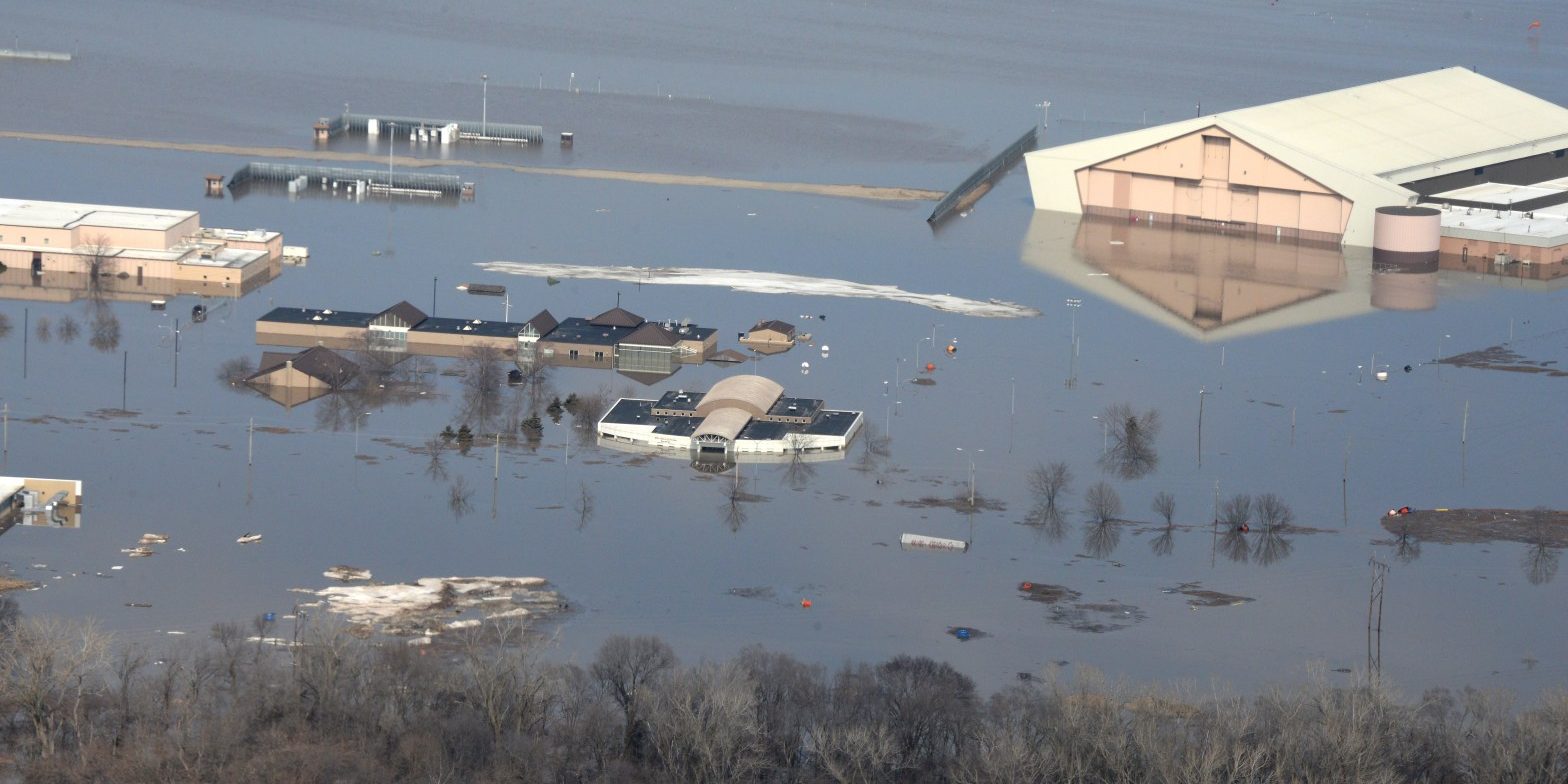Extreme weather trends over the past 85 years have indicated a major swing in lower lows, and longer lasting highs which is wreaking havoc on weather systems at the surface. When systems and practices were established from the trends noted in decades past or areas developed based on regional stability of the early 1900s or prior, the considerations for worsening events were not anticipated to ever reach the events we are seeing at both an increasing frequency and greater intensity. Planning for stronger, persisting drying winds more often, heavier onsets of rain and/or snow, faster moving wildfires, subsidence risks, sea level rise triggering saltwater intrusion, extreme temperature fluctuations, and of course erratic changes to our tropical weather. Impacts for sectors can be direct through site damage, deteriorating staff capabilities, greater burnout rates, destroyed communities, or even to interdependencies like the supply chain, the energy sector, societal unrest, or even geological failure rates all tied into extreme weather trends in a multitude of ways. This discussion will focus on the interconnected risks of the energy sector, the IT systems at risk, and the cascading impacts of failures caused by extreme weather.

The 2019 Defenders of Freedom Air & Space Show has been cancelled due to flooding that has damaged many buildings on the Southern half of Offutt Air Force Base, Nebraska. Recovery operations are currently underway and clean up will soon begin. (U.S. Air Force photo by Tech. Sgt. Rachelle Blake)
Presented: (ET)
Presented by: Wescott, Sunny
Focus Areas
Host a Webinar with HDIAC
Are you interested in delivering a webinar presentation on your DoD research and engineering efforts?
Want to find out more about this topic?
Request a FREE Technical Inquiry!

